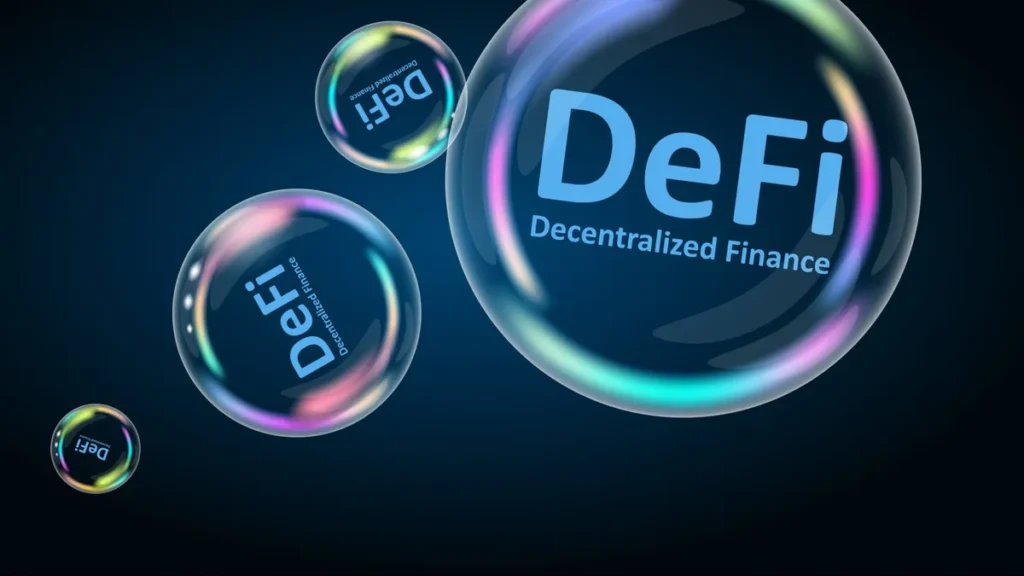TL;DR
- The inflationary yield model of the DeFi sector, based on token emissions, is creating artificial growth and unsustainable bubbles.
- The cycles of “false growth” and “mercenary liquidity” are affecting the stability and trust of the DeFi ecosystem.
- Experts suggest shifting towards sustainable models, such as protocol-owned liquidity and staking bridged assets, to guarantee long-term yields.
Decentralized finance (DeFi) has grown exponentially, but its yield model based on inflationary token emissions is being questioned. Industry experts claim that this approach is unsustainable in the long term and that DeFi needs a fundamental transformation to survive. The problems arising from this model are affecting investor confidence and ecosystem stability.
The Inflationary DeFi Model and Its Consequences
The current DeFi economy model has mainly relied on token emissions to offer high yields in the short term. Protocols distribute native tokens in exchange for liquidity, which increases the total value locked (TVL) in an attempt to attract capital. However, this approach is not backed by real income and generates artificial growth, creating a bubble that eventually bursts.

When yields drop or incentives disappear, liquidity providers quickly withdraw their funds. This causes capital flight, and the protocols, which depend on constant token issuance, fail to sustain their value. As a result, investors get trapped in boom-and-bust cycles without a solid growth base.
The Destructive Cycle of “False Growth”
The strategy of distributing governance tokens to liquidity providers to increase TVL has been a common tactic, but this “false growth” does not establish lasting value. While protocols celebrate growth metrics, these numbers do not reflect a genuine commitment to the platform. Liquidity providers are only motivated by temporary yields, and as these decrease, their capital shifts to more lucrative protocols.

This “rise and fall” cycle has repeated itself in multiple stages in the DeFi market, from the “DeFi Summer” boom of 2020 to the collapse of yield farming in 2021. Protocols that fail to adapt to new ways of incentivizing liquidity and long-term value get trapped in an unsustainable dynamic.
The Impact of “Mercenary Liquidity”
Another major issue with the current model is the prevalence of “mercenary liquidity.” This capital moves between platforms seeking the highest yields regardless of the fundamental value of the protocols. Without incentives for long-term commitment, this liquidity is volatile and jeopardizes the stability of the protocols.
When liquidity providers quickly move to other protocols, original projects lose their capital, further worsening the lack of stability in the DeFi ecosystem. This opportunistic behavior destroys long-term value and undermines the credibility of the industry.

The Path to a More Sustainable Model
To overcome the issues of the current model, experts suggest that the DeFi industry must transition to a more sustainable yield model. Instead of relying on inflationary emissions, protocols can build their own liquidity and generate yields through real economic activities. This approach would allow protocols to withstand capital flight during market downturns and generate consistent long-term income.
A promising option is staking bridged assets. These assets, which are traditionally inactive, can be utilized through low-risk strategies that generate sustainable yields. By adopting these solutions, DeFi protocols can align investor incentives with the long-term health of the platforms.
Conclusion
The current inflationary model of DeFi has proven to be unsustainable, with destructive cycles that have generated distrust among investors. For decentralized finance to establish itself as a solid and legitimate alternative to traditional finance, it must evolve towards a yield model based on real value. Only by doing so can it leave behind recurring crises and gain long-term market acceptance.










